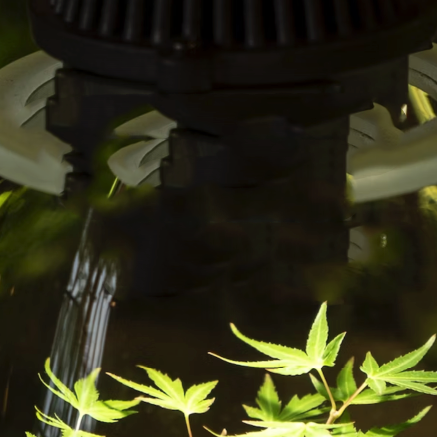All about Manganese
Manganese (Mn) is a metal with a silvery appearance which is usually found in nature in minerals, particularly in combination with iron. It is used in many types of alloys, including stainless steel. It is also used for making pigments and certain manganese compounds are powerful oxidising agents.
Although manganese is highly important in animals as a catalyst for certain enzymes, it is only required in miniscule quantities. In larger amounts it is very toxic and can cause neurological damage.
In plants, it plays a big role in photosynthesis and in nitrogen uptake. It is also important for making pollen, as well as for root growth and disease resistance.
Manganese is not very mobile within plants and a deficiency in it often looks like an iron deficiency with interveinal chlorosis appearing on new shoots and leaves, sometimes along with brown spots. As the deficiency progresses, the problem spreads downwards to the older leaves too. Plant growth is usually slowed. Manganese uptake can be hampered if the pH of the grow medium goes above 6.5.
An excess of manganese causes dark brown mottling starting with the young leaves and new growth. If the deficiency continues, the mottling progresses down the plant.

